When you search for the best treatment for Parkinson’s disease, multiple options appear in the picture, each of which is significant and effective in healthcare today. However, what is best is always the doctors’ call, as they can determine the Parkinson’s stage and recommend you a solution accordingly.
Your doctor must have told you by now that Parkinson’s is not curable, and all that she can do is reduce the symptoms with various treatment methods. That’s right! Parkinson’s sits deep in your brain, creating a massive shift in your brain chemistry.
During this time, your brain cells fail to communicate with each other. It is because you lose the nerve cells that serve to produce dopamine, the neurotransmitter chemicals that channel information from one brain cell to another.
Although the actual cause of this progressive degenerative disease is unknown to medical science, experts say that genetics and environmental factors are some key triggering points of Parkinson’s.
Parkinson’s disease typically occurs among the aged people above 60 years and brings forth serious movement or motor-related problems and non-motor ones, such as depression, constipation, gastrointestinal disorders, etc.
Your doctor can offer you remedies for all these problems. That is what this article tends to sketch out!
CContents
Medication: The First Best Treatment for Parkinson’s Disease!
Doctors provide medications as an initial remedy to help Parkinson’s patients maintain their quality of life. In this regard, medications can work to –
- Enhance the dopamine level in the patient’s brain,
- Control and eliminate the non-motor symptoms, and
- Stimulate neurotransmitters to keep the line of information transfer between cells on point.
There exist myriads of medications today for treating Parkinson’s disease, and here goes some that are considered the best treatment for Parkinson’s disease.
-
Levodopa
If you have an aged person at home diagnosed with Parkinson’s, the medication that the patient shall eventually need is levodopa. This medication helps enhance the dopamine level, thereby improving motor-related symptoms.
The patient receives levodopa as a pill or liquid. In reaching the body, the medicine gets absorbed by the nerve cells; and then turns into dopamine. Which then starts transferring messages between the brain cells and nerves that control body movements.
But, the extensive use of levodopa is harmful to the human body. Therefore, doctors recommend this medication in combination with another called carbidopa. Sometimes, your doctor may even recommend the intake of levodopa alongside benserazide.
Carbidopa and Benserazide are both medications to stop the breakdown of levodopa in the bloodstream before it reaches the brain. These medications can also help reduce the side effects of levodopa, such as dizziness and fatigue.
-
Dopamine Agonists
When doctors aim to streamline dopamine production in the brain, they recommend dopamine agonists. This medication is basically a substitute for dopamine, similar to levodopa, that latches on the brain cells and makes them function, the same as in the presence of dopamine.
Dopamine agonists come in the form of tablets and skin patches called rotigotine. The initial dosage is small & it lay gradually increased over time or precisely after a few weeks.
Doctors typically suggest dopamine agonists for children with Parkinson’s because of their milder side effects than levodopa. Sometimes, the doctor may also ask you to use dopamine agonists with levodopa. So, they can reduce the use of the latter dosage!
However, this medication, too, can create problems like compulsive behaviors and the random onset of sleep. That is why it always stands mandatory for you to identify such issues in the patient and consult a doctor.
-
Enzyme Inhibitors
Parkinson’s doctors shall certainly want to slow down the enzymes in your blood that are likely responsible for breaking down dopamine. The doctors aim for more dopamine amount to remain available in the brain. That is when they recommend medications called enzyme inhibitors.
Sometimes, your doctor may recommend monoamine oxidase-B inhibitors & sometimes, catechol-O-methyltransferase inhibitors. While the former lay typically given during the initial stage of Parkinson’s, the latter tends to get used for the advanced Parkinson’s stages.
According to medical science, these enzyme inhibitors are usually tolerable, yet they may cause side effects like headache, abdominal pain, high blood pressure, diarrhea, and so forth!
-
Amantadine
Doctors use amantadine as a motor-related symptom-treating medication or neurostimulator. Yes. Amantadine is the one that helps reduce involuntary movement issues, like the inability to move arms while walking and deterioration in blinking or smiling.
Amantadine is also beneficial in reducing another Parkinson’s symptom, which is body stiffness. It increases brain metabolism, specifically in the frontoparietal network, and improves consciousness.
Parkinson’s patients either receive amantadine alone or with a combination of other medications. Many a time, doctors suggest this medication to reduce levodopa-induced dyskinesias because of its proven efficacy.
-
Anticholinergic Drugs
Perhaps, the first drugs that took the stage for treating Parkinson’s symptoms are what medical experts call Anticholinergic drugs. Doctors ask Parkinson’s patients to use these medications to decrease movement-related symptoms like muscle stiffness or tremors.
There lay plenty of anticholinergic drugs in the healthcare market, while the most commonly recommended are orphenadrine, biperiden, benztropine, and procyclidine. Healthcare providers may use these medications as a monotherapy or a part of a combination treatment regime.
Anticholinergic drugs help counteract the imbalance created between the neurotransmitter during Parkinson’s disease. These medicines can also block dopamine breakdown during levodopa therapy and extend the active duration for each dose of levodopa.
Support Therapy: Another Best Treatment for Parkinson’s Disease!
Medical professionals pursue several therapies to give relief from Parkinson’s symptoms. These therapies can turn living with this incurable disease easier than before. By availing of these therapies, patients and their families learn to deal with the symptoms on a daily basis.
Support therapies can effectively manage symptoms, like –
- Abnormal speech and writing patterns,
- Muscle stiffness and movement issues,
- Swallowing difficulties,
- Impaired balance,
- Behavioral changes and others!
In this context, some of the widely-practiced support therapies are as follows!
-
Occupational Therapy
The therapy that offers practical solutions to everyday problems faced by Parkinson’s patients or people with mental disabilities is called occupational therapy! This therapy can help Parkinson’s patients to maintain their independent habits by identifying their difficulties in everyday life.
Occupational therapy can address and improve activities like dressing up, bathing, eating meals, using the phone, or going to a local shop. It shall involve showing different ways to complete an everyday task and introducing handy equipment to make such an activity easier.
-
Physiotherapy
The therapy that involves body massages tailored exercises, and yoga to eliminate muscle stiffness and restore movement functions is called physiotherapy. It is the best treatment for Parkinson’s disease symptoms, offering improved muscle flexibility and fitness among Parkinson’s patients.
Physiotherapy is a holistic approach where Parkinson’s patients direct indulge in their own care. It also entails education and advice on correct and incorrect postures and carrying or lifting techniques so that the risks of Parkinson’s motor-related symptoms can move beyond oblivion.
-
Speech and Language Therapy
The therapy that helps Parkinson’s patients to recover their communication skills in everyday life and combat the difficulties in eating and drinking is known as speech and language therapy. With the help of assistive technologies like voice amplifiers and computer applications, speech or language therapy gets conducted.
Herein, the professionals teach speaking exercises, facial expression, and body language to Parkinson’s patients. If the patients have drooling symptoms due to Parkinson’s, speech and language therapy can also improve that!
-
Dietary Modification
Experts say that dietary modification is another best treatment for Parkinson’s disease non-motor symptoms and falls under the category of supportive therapies. Some of the prominent dietary modifications suggested by doctors for Parkinson’s are –
- Increase in the intake of fiber-rich food and consumption of enough fluids to help curb constipation,
- Increasing salt intake and scheduling small & frequent meals to topple low blood pressure and dizziness, and
- Increase in the consumption of protein to avoid unnecessary weight loss.
Deep Brain Stimulation: The Best Surgical Treatment for Parkinson’s Disease!
The process in which electric currents are used to treat Parkinson’s disease, typically during the later stages, is called deep brain stimulation. No doubt, the development of state-of-the-art technologies in the healthcare sector has made this possible.
Deep brain stimulation is about 95% successful in stimulating the dopamine-producing brain part by delivering mild currents to its cells. This treatment method is essential for regulating body movements and reducing tremors in a Parkinson’s patient, as it directly transforms brain activities in a controlled way.
During this surgical procedure, electrodes responsible for generating electrical impulses lay implanted into a specific brain area alongside a pacemaker-like device under the skin on the upper chest. This particular device controls the electrical stimulation dosage through the wires that link it to the electrodes.
Concluding Thoughts:
Medical exploration concerning Parkinson’s treatment is still on! New experimental methods like stem cell transplants, neuron repair treatment, and gene-targeted treatment got developed to ease the symptoms. However, they are yet to emerge in the category of the best treatment for Parkinson’s disease.

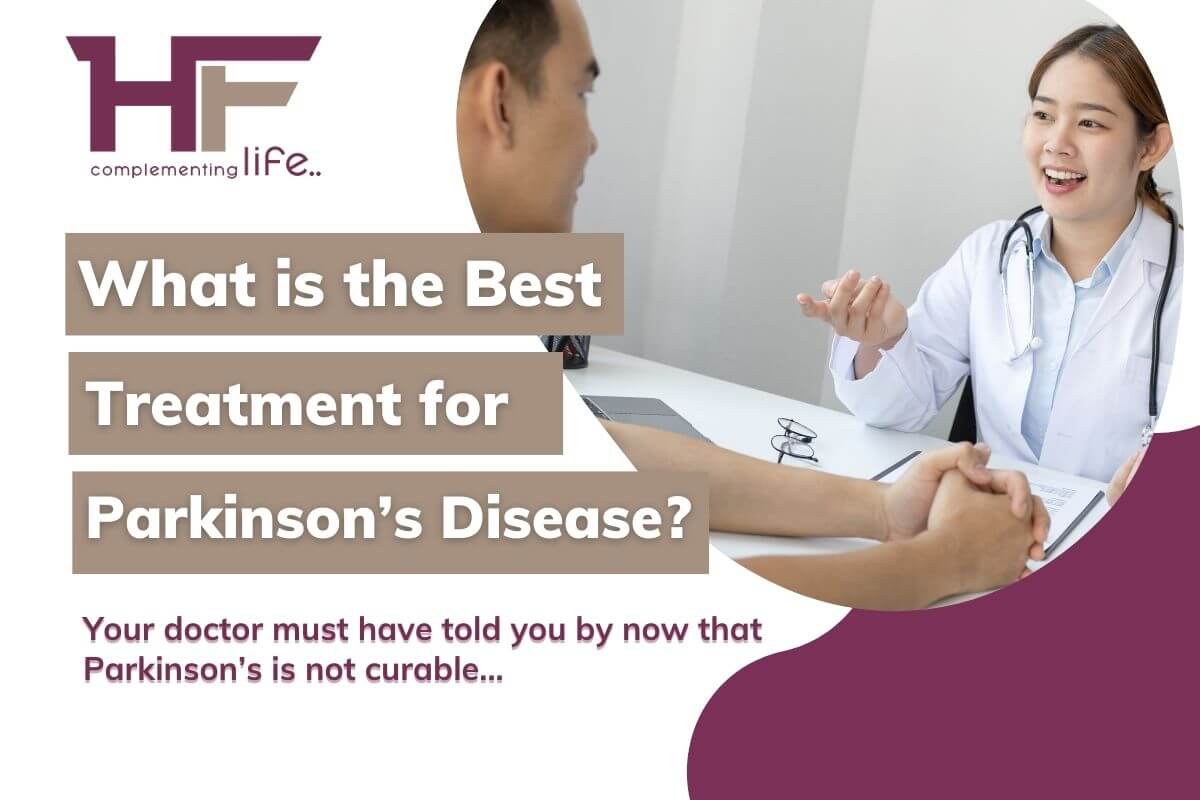
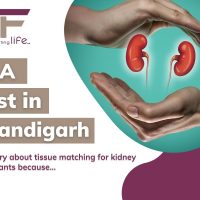
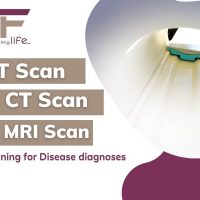
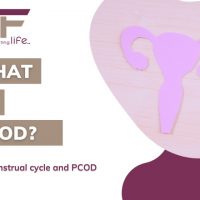
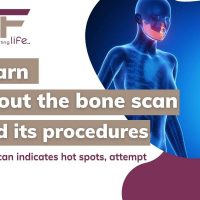
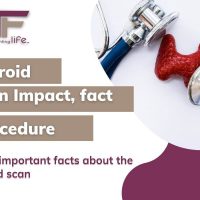
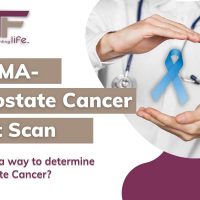


Comments